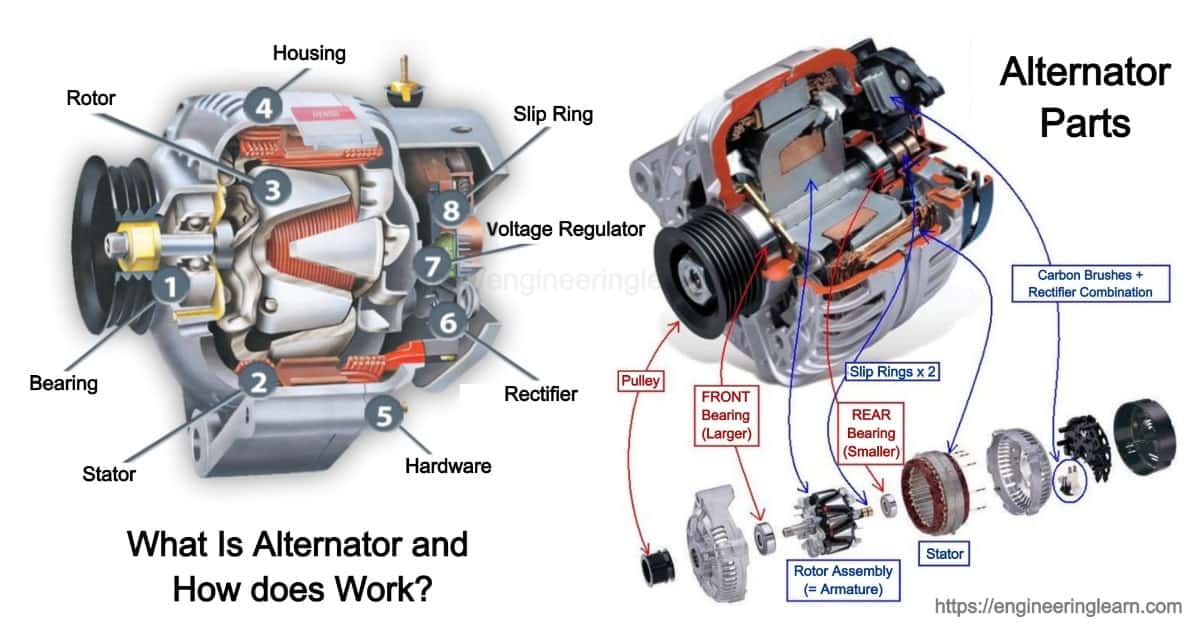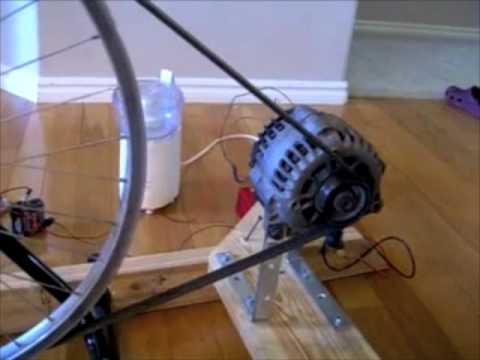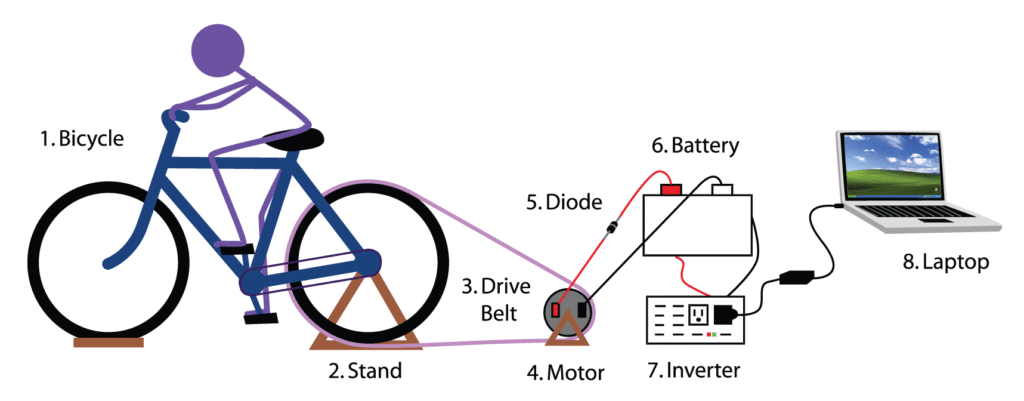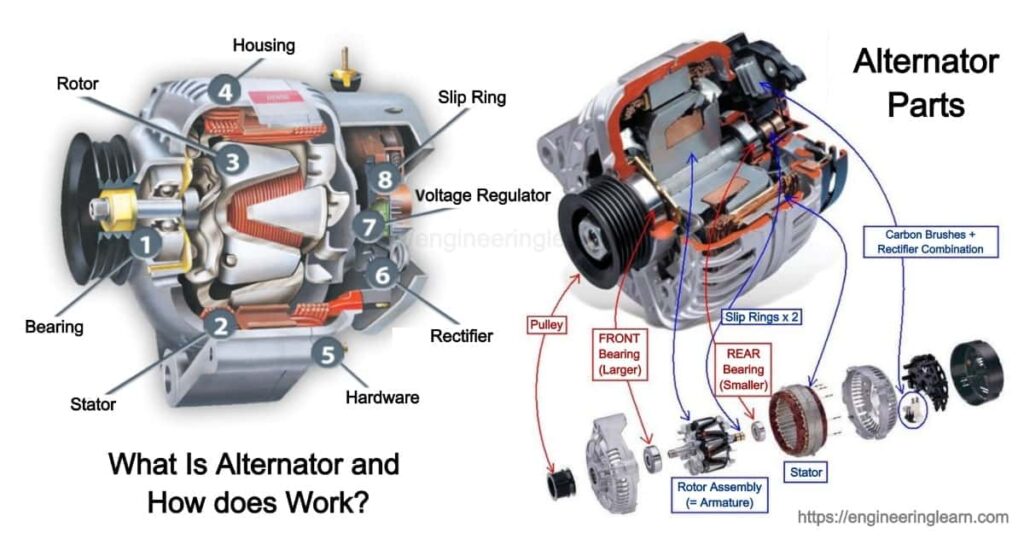Powering your home with a car alternator is an innovative way to generate electricity, especially for off-grid enthusiasts or those seeking backup power solutions. This approach leverages a readily available automotive component to produce electricity, offering a practical self-reliance skill. In this article, we’ll explore how a car alternator works, how to set it up for home use, and key considerations for safety and efficiency. (5-7 min read)
Understanding the Car Alternator
A car alternator is a compact generator that converts mechanical energy into electrical energy, typically producing 12-14 volts of direct current (DC) to charge a vehicle’s battery. For home use, this DC output must be converted to alternating current (AC) using an inverter, as most household appliances run on 120V AC. Alternators are robust, affordable, and widely available, making them a viable option for DIY power generation.

Components Needed
To build a home power system using a car alternator, you’ll need:
- Car Alternator (100-150 amp recommended)
- Mechanical Energy Source (e.g., stationary bike, small gas engine, or water wheel)
- Power Inverter (1000-2000W to convert DC to AC)
- 12V Battery (to store energy and stabilize output)
- Charge Controller (to regulate battery charging)
- Wiring, pulleys, and belts (for mechanical connection)
- Multimeter (for testing voltage and current)
Setting Up the System
Step 1: Choose a Power Source
The alternator requires mechanical energy to spin. Options include a stationary bike for human-powered generation, a small gas engine, or a water wheel if you have a stream. Ensure the power source can sustain 1500-3000 RPM, as most alternators need this speed to produce optimal output.

Step 2: Connect the Alternator
Mount the alternator securely and connect it to your power source using a pulley and belt system. Ensure proper alignment to avoid belt slippage. Wire the alternator’s output to the charge controller, then to the battery.
Step 3: Integrate the Battery and Inverter
The battery stores energy and smooths out fluctuations in the alternator’s output. Connect the battery to the inverter, which converts the 12V DC to 120V AC for home use. Use appropriately rated wiring to handle the current.
Step 4: Test and Monitor
Use a multimeter to verify voltage and current at each stage. Ensure the system is producing 12-14V DC at the battery and 120V AC at the inverter output. Regularly check connections and battery health.

Power Output and Limitations
A typical 100-amp alternator can produce about 1200 watts (12V x 100A) at peak output. After accounting for inefficiencies in the inverter (10-20% loss), expect around 900-1000 watts of usable AC power. This can power small appliances like lights, a fridge, or a laptop but won’t support high-wattage devices like air conditioners or electric stoves.
Key limitations include:
- Mechanical Input: Sustaining high RPM requires consistent effort or fuel.
- Battery Dependence: Without a battery, output fluctuates with alternator speed.
- Maintenance: Alternators and mechanical components need regular upkeep.
Safety Considerations
Working with electricity and mechanical systems poses risks. Follow these precautions:
- Disconnect power before working on the system.
- Use insulated tools and wear protective gear.
- Ensure proper grounding for the inverter and battery.
- Keep moving parts (belts, pulleys) shielded to avoid injury.
- Ventilate battery storage areas to prevent gas buildup.
Practical Applications
This setup is ideal for:
- Emergency backup power during outages.
- Off-grid cabins or tiny homes.
- Supplementing solar or wind systems.
It’s a cost-effective way to generate electricity, especially if you repurpose a used alternator or have access to a free mechanical energy source like a stream.
Conclusion
Using a car alternator to power your home is a practical, hands-on project that builds self-reliance skills. While it has limitations, it’s an accessible entry point into DIY power generation. Start small, prioritize safety, and scale up as you gain confidence. Embrace the journey to energy independence!

